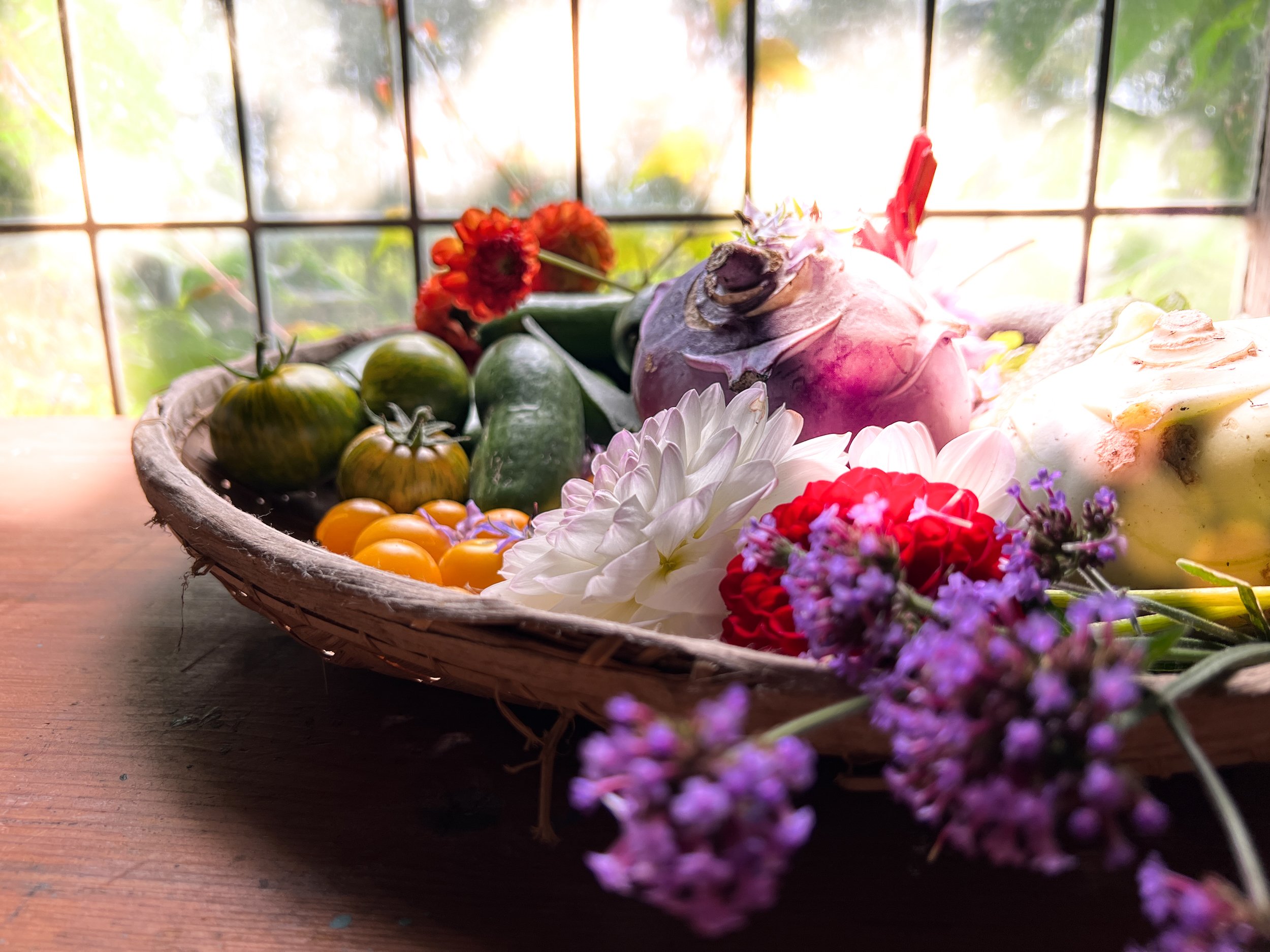Bok Choy, a recipe from Vietnam
Did you know at least 40 types of cruciferous vegetables are consumed worldwide? How many can you list? We’ve all heard of bok choy, cabbage, cauliflower, collard greens, and kale, probably also of zesty turnips, radishes, arugula, and mustard greens. These vegetables are widely promoted as important part of a healthy diet and have been associated with reduced risk of heart disease and stroke, and are being studied for their potential role in cancer prevention.
Enough reason for me to post a weekly recipe with a cruciferous vegetable where I will get my inspiration from all over the world. This week a Vietnamese bok choy (paksoy) recipe, but first a few facts about this healthy vegetable.
More recipes from Vietnam in my book Street Food Vietnam (in Dutch)
Several studies describe how this cruciferous vegetable is very beneficial for your health. Bok choy is full of compounds such as vitamins C and E, beta-carotene, folate, and selenium. Vitamin C, vitamin E, and beta-carotene are powerful antioxidants that can help to prevent cell damage from free radicals. Bok choy is also full of fiber, which keeps your digestive system healthy. Like other dark, leafy greens, bok choy is an excellent source of the flavonoid quercetin. Quercetin can help to reduce inflammation in the body, which may help to reduce your risk of developing a variety of chronic health issues such as heart disease, diabetes, and cancer.
Oyster Sauce Substitute?
The original recipe I noted down in Vietnam, calls for oyster sauce. If you don’t eat seafood and prefer a plant based substitute, consider soy sauce, which is saltier and thinner, however. You can add sugar to sweeten it or use less of it than what is specified for oyster sauce, otherwise it may become too salty.
Sweet soy sauce, also known as Indonesian kecap manis, is an even more fitting replacement.
This bok choy (paksoi) dish can be prepared in less than 10 minutes and is among the easiest, most tasty preparations of cruciferous greens imaginable. It pairs beautifully with almost any Asian dish, but I prefer it on its own, with a bowl of rice.
WHAT YOU NEED
1 tbs soy sauce
3 ½ tbs oyster sauce (or kecap manis, see boxed text above)
Pinch of sugar (if using oyster sauce, otherwise sweet enough)
2 tbs rice vinegar
1 tbs neutral oil
1 tbs finely minced garlic
4 to 6 bunches of baby bok choy (1 1/2 pounds, cleaned)
WHAT YOU DO
Mix soy sauce, oyster sauce, sugar and rice vinegar in a bowl .
Heat oil in a skillet or wok set over high heat, add garlic, then bok choy, and stir-fry for 2 minutes. Add just a little water (3 tbs), cover and simmer for another 3 minutes, until bok choy has softened but not too soft! The ‘bite’ is what makes this vegetable so tasty.
Remove bok choy from fire and sprinkle the sauce you prepared in a bowl over the warm greens.
Straight form our garden …
… into the wok!
Why Kale?
Cruciferous vegetables, like kale, are often promoted as a key part of a healthy diet—and rightfully so because an increasing body of science highlights the potential for a diet rich in these vegetables to delay, and often prevent, many diseases.






